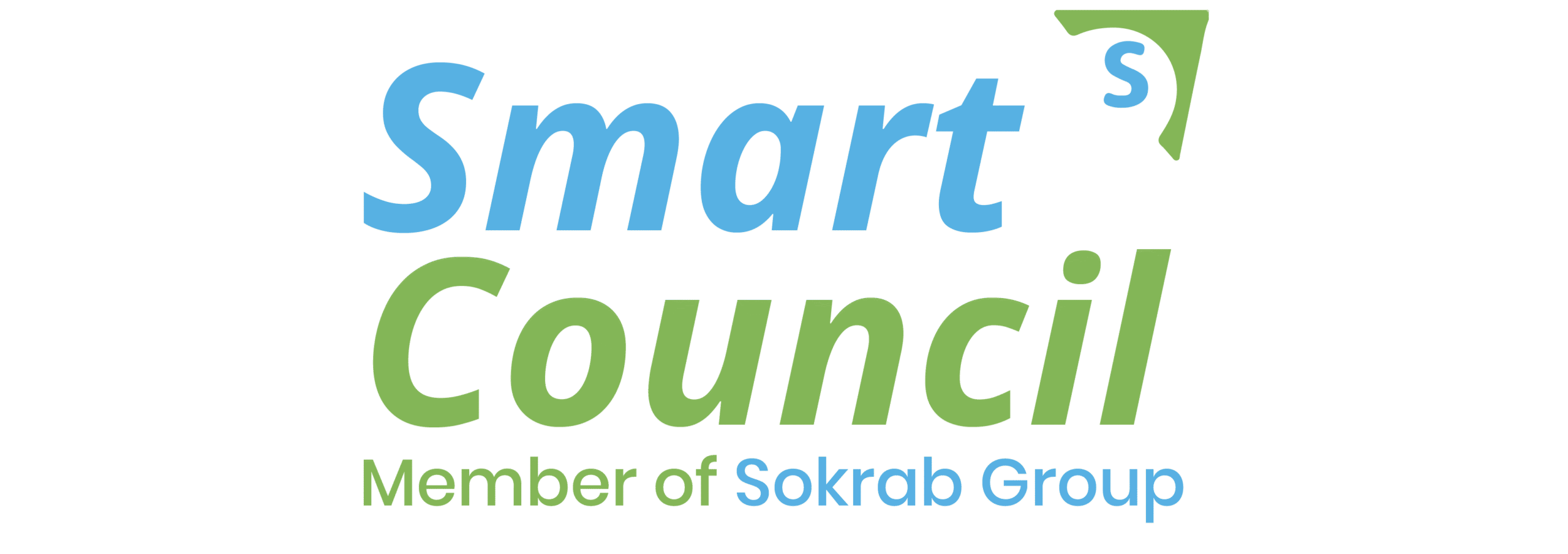Building upon our understanding of How Symbols Influence Our Perception of Power, it becomes evident that symbols are not mere decorative elements. Instead, they serve as potent psychological tools that underpin and reinforce societal hierarchies. This article delves into the deeper mechanisms by which symbols shape and sustain social stratification, exploring how collective perceptions and subconscious associations cement power structures across cultures and history.
- The Formation of Hierarchies Through Symbolic Signifiers
- Psychological Processes Underlying Symbolic Hierarchies
- Symbolic Language and the Construction of Societal Norms
- The Emotional Power of Hierarchical Symbols
- Subversion and Reinterpretation of Hierarchical Symbols
- The Role of Symbolic Rituals in Reinforcing Societal Hierarchies
- From Hierarchical Symbols to Broader Societal Implications
- Connecting Symbols to Power Dynamics
The Formation of Hierarchies Through Symbolic Signifiers
Societal hierarchies are often rooted in symbols that carry collective meanings, which are ingrained over generations through cultural, religious, and political narratives. For example, royal crests, religious icons, or national flags serve as visual anchors that reinforce social stratification. These symbols function as cognitive shortcuts, allowing members of a society to quickly interpret and accept hierarchical distinctions without conscious deliberation.
Historically, symbols have been used to legitimize authority—emperors’ crowns, military insignias, or class emblems—each embodying specific social roles and statuses. Such symbols are embedded with cultural narratives that perpetuate the idea that certain groups are naturally or divinely superior, thus reinforcing social boundaries.
Psychological Processes Underlying Symbolic Hierarchies
Our perceptions of hierarchy are deeply influenced by cognitive biases. For instance, the confirmation bias leads individuals to interpret symbols in ways that confirm existing social roles. When a symbol—such as a uniform or a badge—is associated with authority, our brains automatically link it to power.
Moreover, in-group and out-group dynamics play a significant role. Symbols that signify belonging—like national flags or corporate logos—strengthen group cohesion while delineating outsiders, which reinforces hierarchies by creating a clear social divide. Subconscious associations are also developed early in life, linking certain colors, shapes, or iconography to notions of dominance or prestige.
“Our minds are wired to associate symbols with social rank, often without our awareness, shaping perceptions of authority and influence.” – Psychological Studies on Symbolic Cognition
Symbolic Language and the Construction of Societal Norms
Language acts as a bridge between symbols and societal norms. Words and images intertwine to create a shared reality that sustains hierarchical ideologies. For example, titles like “Sir,” “Doctor,” or “President” are symbolic markers that convey authority and social rank. These linguistic symbols reinforce perceptions of power through everyday communication.
Media and propaganda magnify these symbols, embedding them into collective consciousness. Campaigns that depict leaders with certain symbols—such as medals, uniforms, or religious icons—serve to legitimize their authority. Case studies, such as the use of Nazi swastikas or Confederate flags, demonstrate how symbols are instrumental in maintaining or challenging social inequalities.
Research shows that repeated exposure to hierarchical symbols through media can strengthen societal acceptance of existing power structures, often subliminally.
The Emotional Power of Hierarchical Symbols
Symbols evoke powerful emotional responses, serving as rallying points for collective identity. For instance, national flags can inspire feelings of patriotism, loyalty, or even sacrificial sacrifice. These emotional reactions reinforce social cohesion but can also suppress dissent.
Ritualistic displays—such as salutes, ceremonies, or uniformed parades—capitalize on the emotional power of symbols. These acts create a collective experience that solidifies hierarchical order, making social roles feel natural and unquestionable.
Symbolic triggers like a handshake or a badge can subconsciously activate feelings of respect or submission, contributing to social conformity and order.
Subversion and Reinterpretation of Hierarchical Symbols
Marginalized groups often reinterpret dominant symbols to challenge existing hierarchies. For example, activist movements have repurposed symbols like the raised fist or rainbow flag to signify resistance and equality.
This reinterpretation can psychologically destabilize traditional power structures, encouraging others to question authority. Such symbolic rebellion has historically led to social change, exemplified by the civil rights movement’s use of protest symbols or the reinterpretation of religious icons to advocate for equality.
Research indicates that symbolic shifts can have profound psychological effects, inspiring collective action and fostering new social identities.
The Role of Symbolic Rituals in Reinforcing Societal Hierarchies
Rituals involving hierarchical symbols—such as coronation ceremonies or military parades—serve a psychological purpose: they reaffirm societal roles and reinforce collective identity. These rituals often involve repetitive symbolic acts that evoke a sense of tradition and stability.
Through repeated participation, communities internalize hierarchical structures, making them appear natural and unchangeable. Ritualistic symbolism sustains social order by continually renewing collective commitment to existing hierarchies.
An example is the swearing-in of leaders, where symbols like the constitution or national emblem serve as anchors for legitimacy and authority.
From Hierarchical Symbols to Broader Societal Implications
Understanding the psychological roots of hierarchical symbols provides valuable insights for social policy and reform. Conscious manipulation, such as deconstructing oppressive symbols or promoting inclusive imagery, can challenge entrenched power dynamics.
For instance, campaigns that replace divisive symbols with unifying ones can foster social cohesion and reduce inequality. Education programs that reveal the origins and implications of hierarchical symbols empower communities to question and transform them.
Awareness of subconscious associations linked to symbols is crucial in breaking down ingrained perceptions, paving the way for more equitable societies.
Connecting the Psychological Roots to Power Dynamics
Ultimately, the way symbols are perceived psychologically directly influences societal power structures. Symbols serve as visual manifestations of authority, shaping perceptions that sustain or challenge hierarchies. Recognizing this connection allows us to understand how social influence operates beneath surface appearances.
By analyzing the psychological mechanisms—such as subconscious associations, emotional triggers, and cultural narratives—we gain tools to critically assess and influence power relations. Whether through the reinforcement of existing hierarchies or their subversion, symbols remain central to the ongoing negotiation of societal influence.
In essence, a deeper awareness of these psychological underpinnings can guide efforts to foster more conscious and equitable social structures, where symbols are used to promote unity rather than division.


